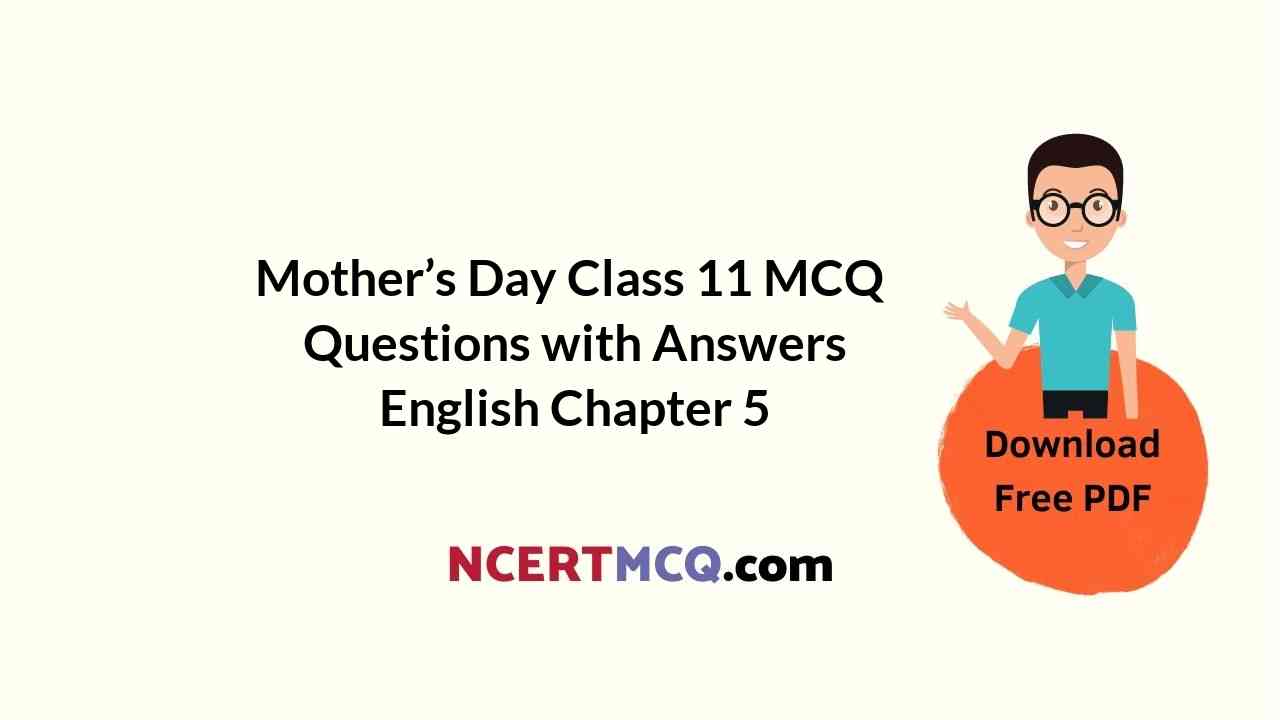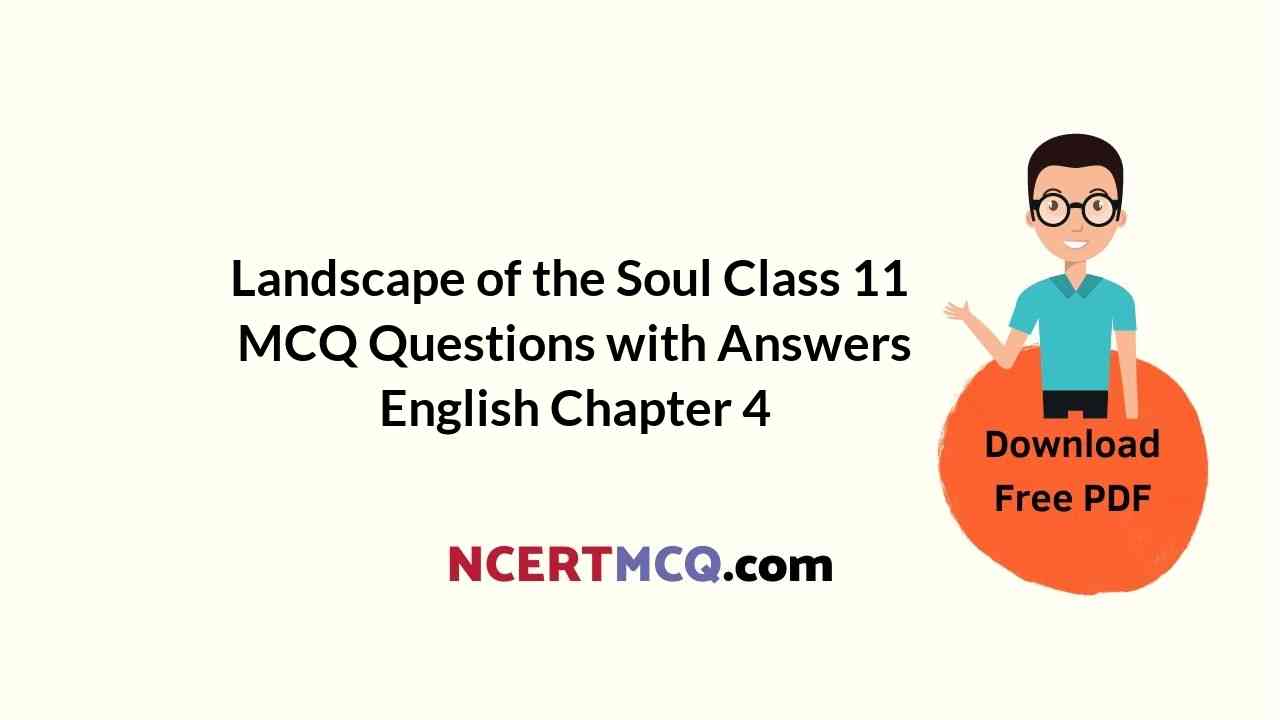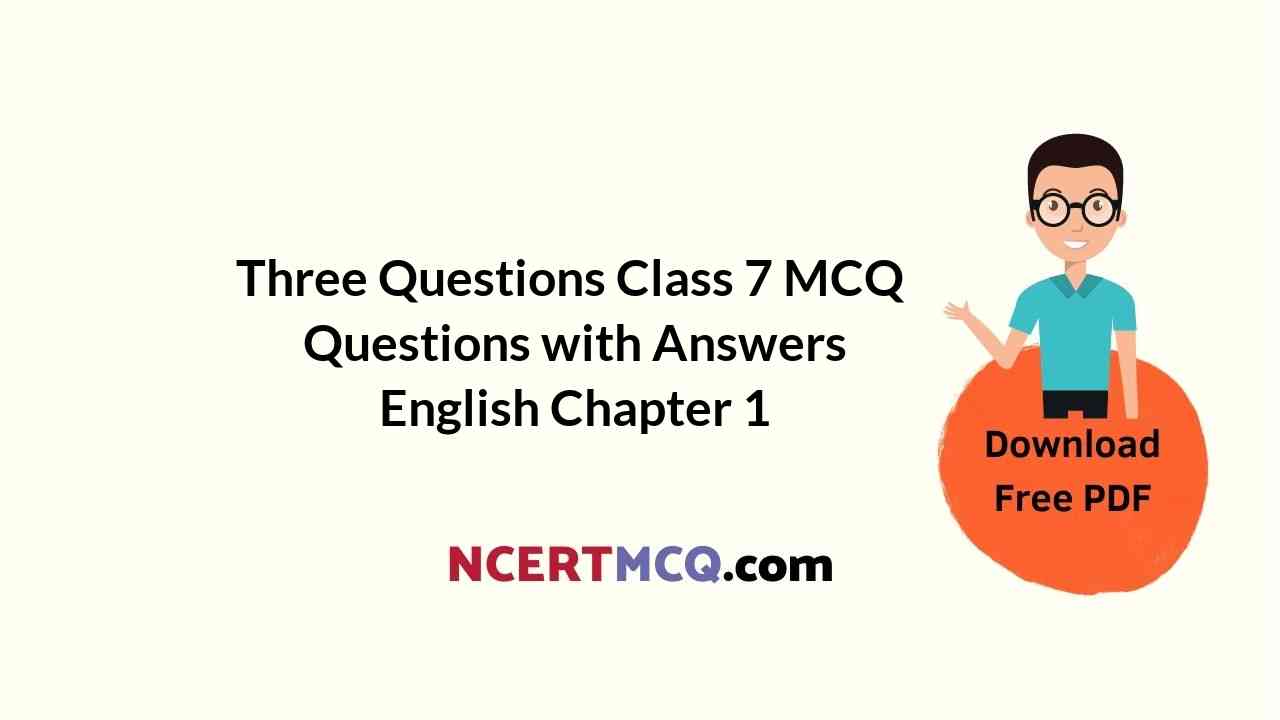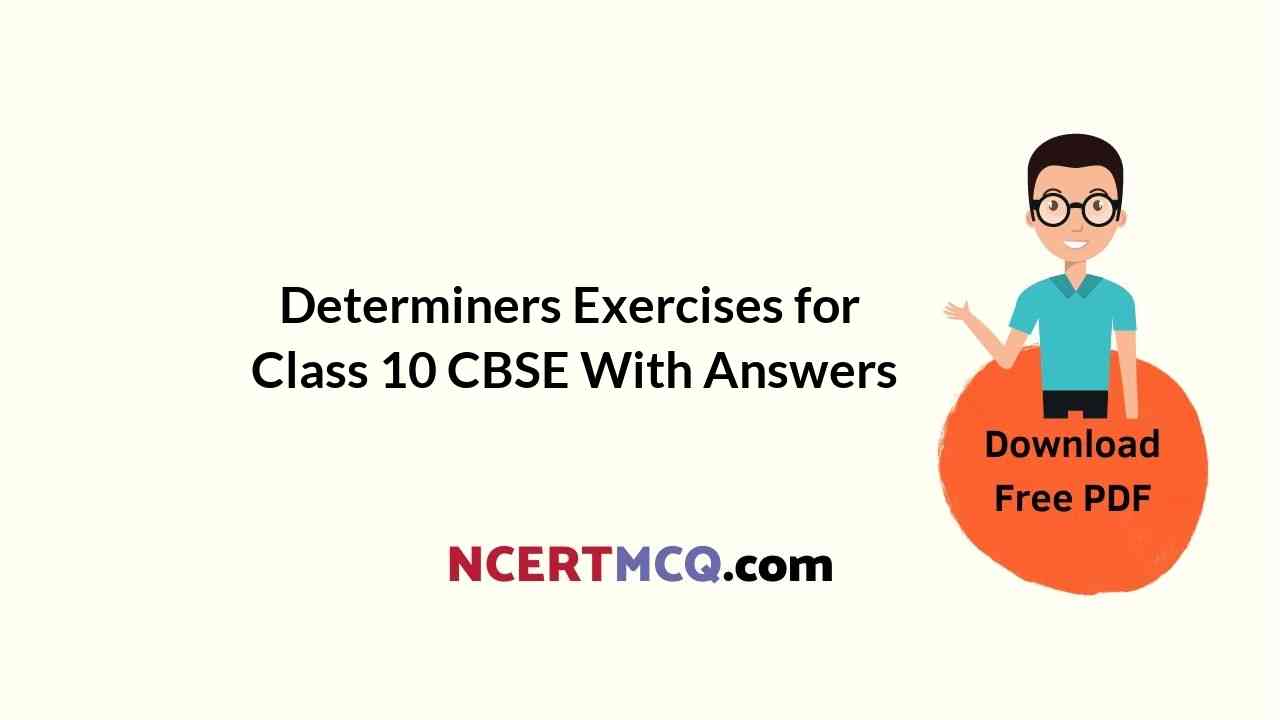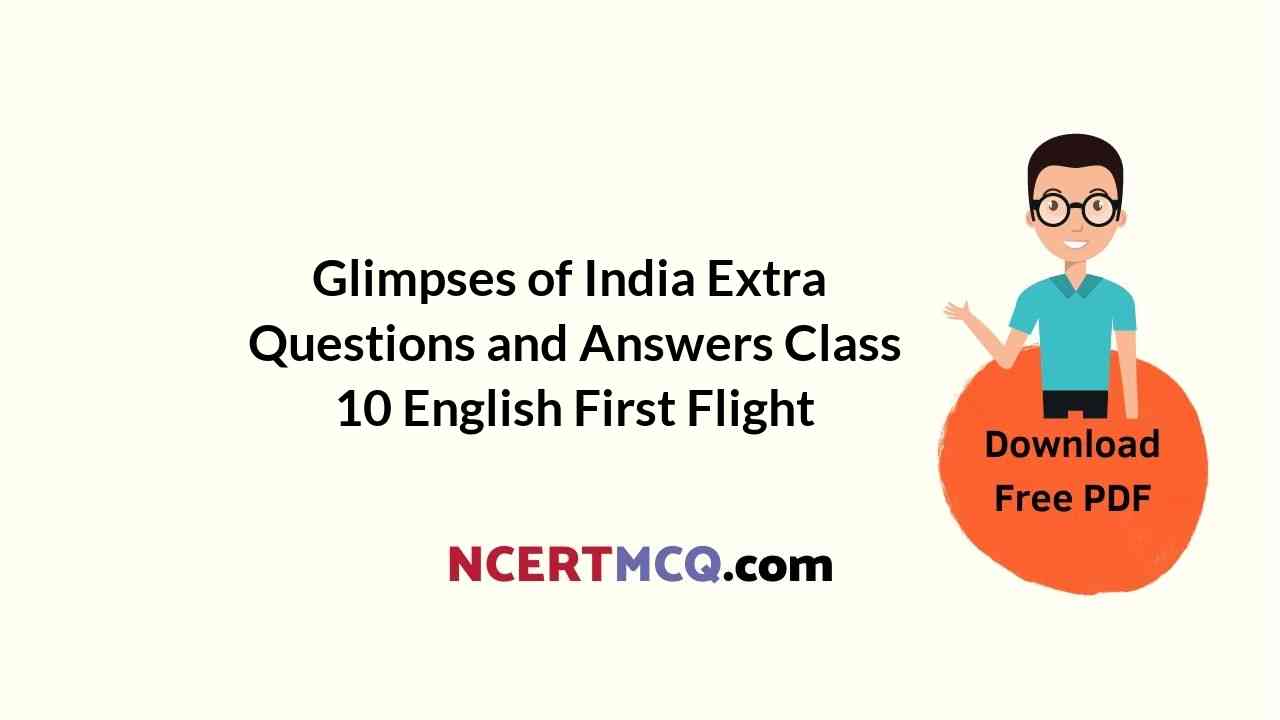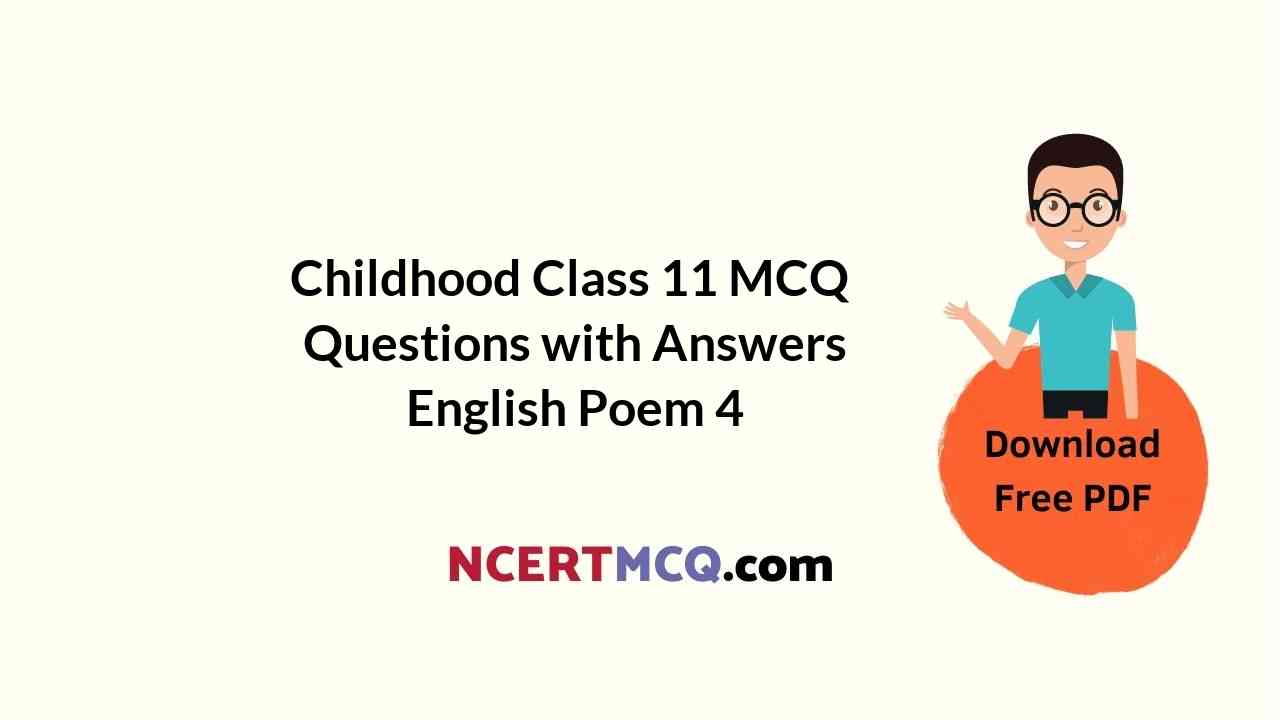 This grammar section explains Online Education English Grammar in a clear and simple way. There are example sentences to show how the language is used. https://ncertmcq.com/helping-verb-and-main-verbs-exercises-for-class-4/
This grammar section explains Online Education English Grammar in a clear and simple way. There are example sentences to show how the language is used. https://ncertmcq.com/helping-verb-and-main-verbs-exercises-for-class-4/
Online Education for Helping Verb and Main Verbs Exercises for Class 4 CBSE with Answers PDF
- A main verb tell us about the action or state of being in a sentence.
- Sometimes a verb cannot work alone. It needs a helper. These helpers are called helping verbs.
- Action words like eat, cry, walk are all main verbs.
- Is, am, are, has, have are the helpers of present tense, Was and Were, had are the helpers of Past tense, Will, shall are the helper of Future tense. All together are called helping verbs.
Example:
We are walking to the park.
The word walking is the main verb.
The word are is a helping verb.
Helping Verb
Presentation
Read the picture story.
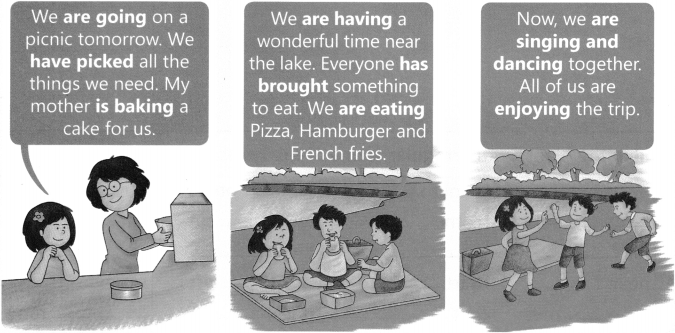
Verb Exercise For Class 4
A. Answer the following question from the story above.
1. What is the mother doing in the picture story? ____________________
2. Where are the friends going for a picnic? ____________________
3. What are the friends doing near the lake? ____________________
4. What are the friends eating together? ____________________
Helping Verbs Exercises
B. Underline the helping verbs in the following sentences from the story above.
1. They are going for a picnic.
2. The mother is baking a cake.
3. They are singing and dancing.
4. All the friends are having a wonderful time.
Main and Helping Verbs Worksheets with Answers CBSE PDF
Helping Verbs Worksheet For Class 4
A. Underline the main verb in each sentence and circle the helping verb. The first one has been done for you.
1. I am going hiking next Saturday.
2. My father and my brother, George, are coming with me.
3. We have gathered all the equipment we need.
4. We will walk for almost ten miles.
5. The three of us might sing while we walk.
6. I am looking forward to this trip.
7. Martin and his parents were watching the dogs play.
8. His parents were selecting a dog from the city animal shelter.
9. Martin was hoping they would find the perfect dog.
10. Lisa was chirping like a bird.
Verbs Exercise For Class 4
B. Underline the main verb and complete the sentences using helping verb.
1. I ___________ reading a book of environmental science.
2. Satish ___________ practicing exercises for his leg.
3. She and her sister ___________ going to the nearest hospital yesterday.
4. Fatima ___________ fighting with deadly disease three months ago.
5. My mother ___________ come tomorrow from New Delhi.
Helping Verbs For Class 4
C. Write the helping verb ‘has’ or ‘have’ to complete each sentence.
1. We ___________ been telling the truth, the whole time.
2. They ___________ gone the wrong way again.
3. He ___________ given all his time to the team.
4. My parents ___________ gone above and beyond for me.
5. You ___________ given me a great surprise.
6. She ___________ told the truth,
7. I ___________ heard a lot about you.
8. He ___________ shared his food with me.
